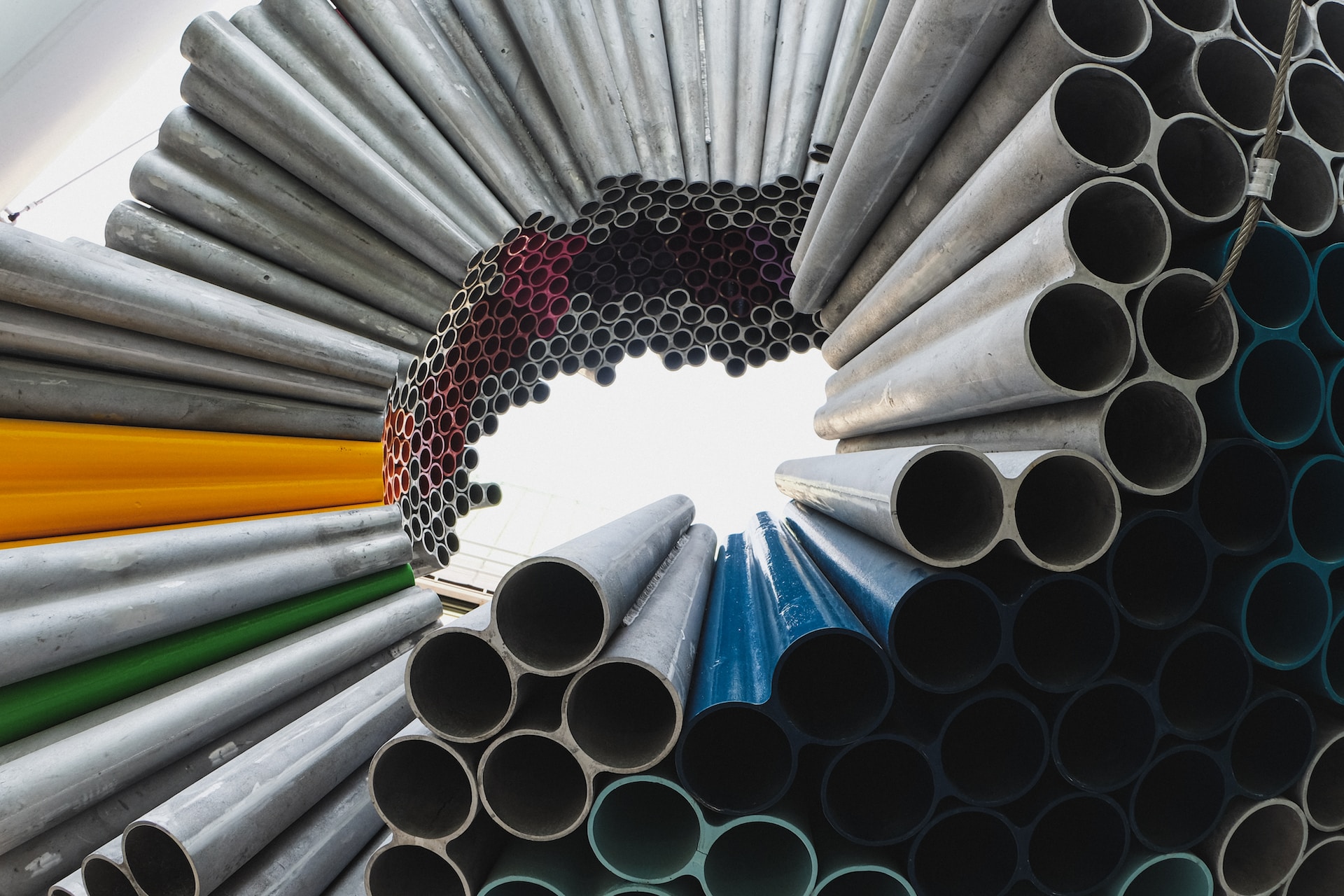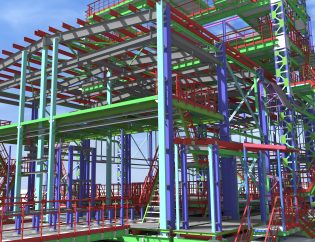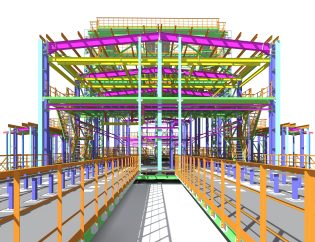August 8, 2023

Steel offers several advantages over other construction materials, making it a popular choice for a wide range of applications. Some of the key advantages of steel compared to other materials include:
- Strength and Durability: Steel is known for its exceptional strength-to-weight ratio. It has high tensile and compressive strength, making it capable of supporting heavy loads and withstanding structural stresses. This strength translates to durable and long-lasting structures.
- Flexibility and Ductility: Steel is highly ductile and can undergo significant deformation without failing. This flexibility allows for greater design possibilities, including complex and innovative architectural shapes. It also provides a higher level of safety during seismic events, as steel structures can absorb and dissipate energy.
- Speed of Construction: Steel structures can be fabricated off-site and then quickly assembled on-site. This leads to faster construction times compared to other materials, reducing labor and associated costs.
- Precision and Accuracy: Steel components can be manufactured with high precision, ensuring consistent quality and accurate assembly. This is particularly important for projects with tight tolerances and intricate designs.
- Sustainability: Steel is a highly recyclable material, and much of the steel used in construction is made from recycled scrap. This reduces the environmental impact of construction projects and supports sustainable building practices.
- Fire Resistance: Although steel is not inherently fire-resistant, it retains its strength at high temperatures better than materials like wood or concrete. In fire-resistant designs, additional measures such as fire-resistant coatings or insulation can be applied to enhance steel's fire performance.
- Low Maintenance: Steel structures require minimal maintenance over their lifecycle. They are resistant to pests, rot, and decay, which can be issues with other materials like wood.
- Design Flexibility: Steel's versatility allows for a wide range of architectural and structural designs. It can be used in various applications, including skyscrapers, bridges, industrial facilities, and residential buildings.
- Prefabrication and Modular Construction: Steel components can be prefabricated off-site and then assembled on-site, enabling modular construction methods. This can lead to cost savings and improved construction efficiency.
- Cost-Effectiveness: While the initial cost of steel may be higher than some other materials, its advantages in terms of speed of construction, durability, and reduced maintenance costs often result in long-term cost savings.
- Recyclability: Steel is one of the most recycled materials in the world. After a steel structure's useful life, the material can be recycled and reused, reducing waste and conserving natural resources.
- Material Consistency: Steel's properties are consistent and predictable, allowing for accurate engineering calculations and design considerations.
It's important to note that the choice of construction material depends on various factors, including project requirements, budget, local regulations, and environmental considerations. While steel offers many advantages, each material has its own unique strengths and limitations that should be carefully evaluated when making construction decisions.

